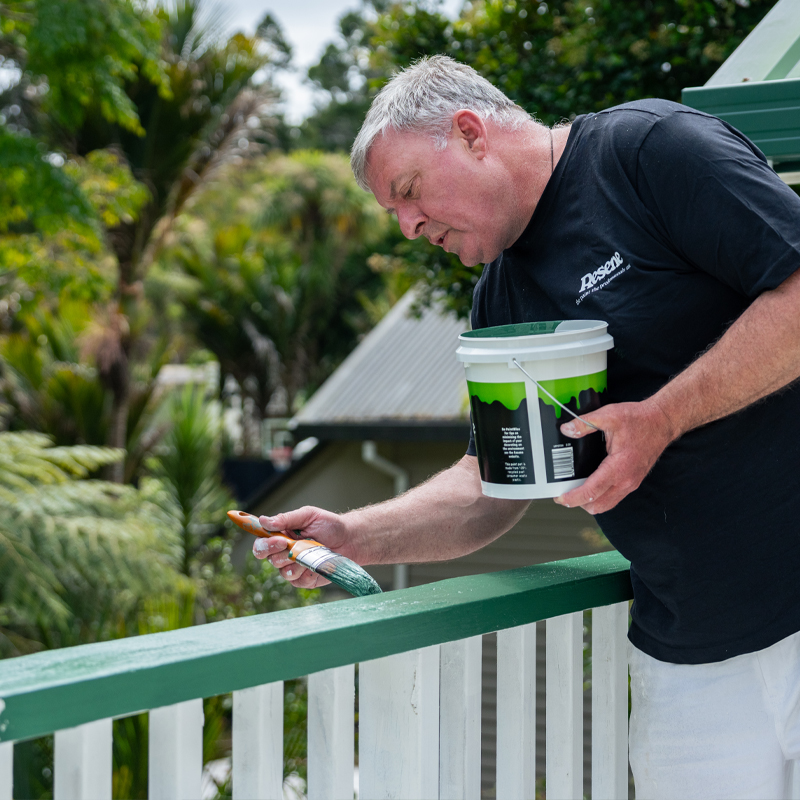Cutting in is one of the most crucial parts of the painting process, because it ensures clean lines and a perfect finish. But what exactly is cutting in? And why is it so important?
In this Paint like a Pro episode, Resene paint expert Murdo Shaw will show you everything you need to know about cutting in.
Cutting in is the technique that is used for painting around the edges of your project. This often means the tight areas of a room, such as the edges of walls, the ceiling line, corners, around window and door frames, skirting boards, and architraves. Cutting in should be used in those areas before you move to a roller for the rest of the job.
Practice makes perfect when it comes to cutting in, but there are some steps you should follow to help you get the best finish. Firstly, Murdo says it’s important to invest in the best-quality brushes you can afford. Not only do premium paint brushes make the job easier for you, they produce a much higher quality finish.
There is no hard and fast rule when it comes to the sort of brush you should use for cutting in. An oval brush will hold plenty of paint and will create a smooth finish with minimal brush strokes, while an angled brush has a longer handle and is slimmer, so can be more comfortable if you have smaller hands.
“Remember, you can always ask for advice at your local Resene ColorShop,” says Murdo.
You only need a small amount of paint for the cutting-in process, around half a litre, so Murdo recommends using a paint pot rather than dipping your brush into the larger tin. Start with a damp brush and dip it into the pot and work it into the bristles. Tap on the side of the paint pot to remove excess paint.











